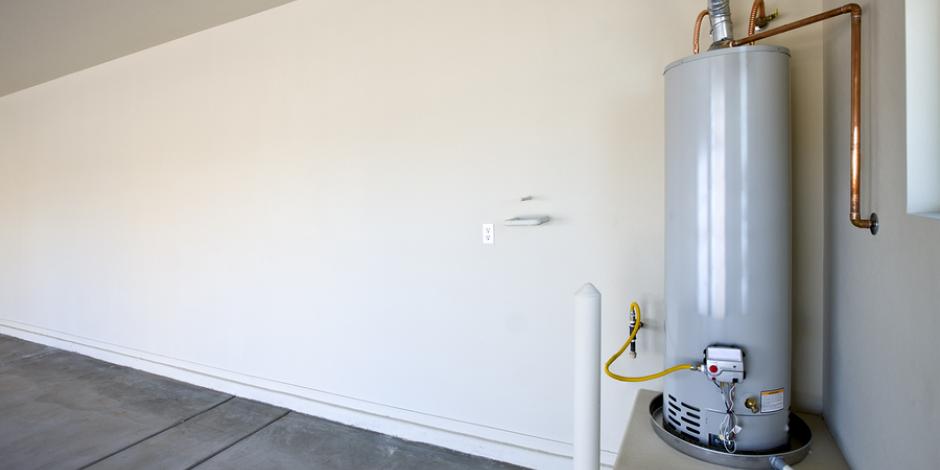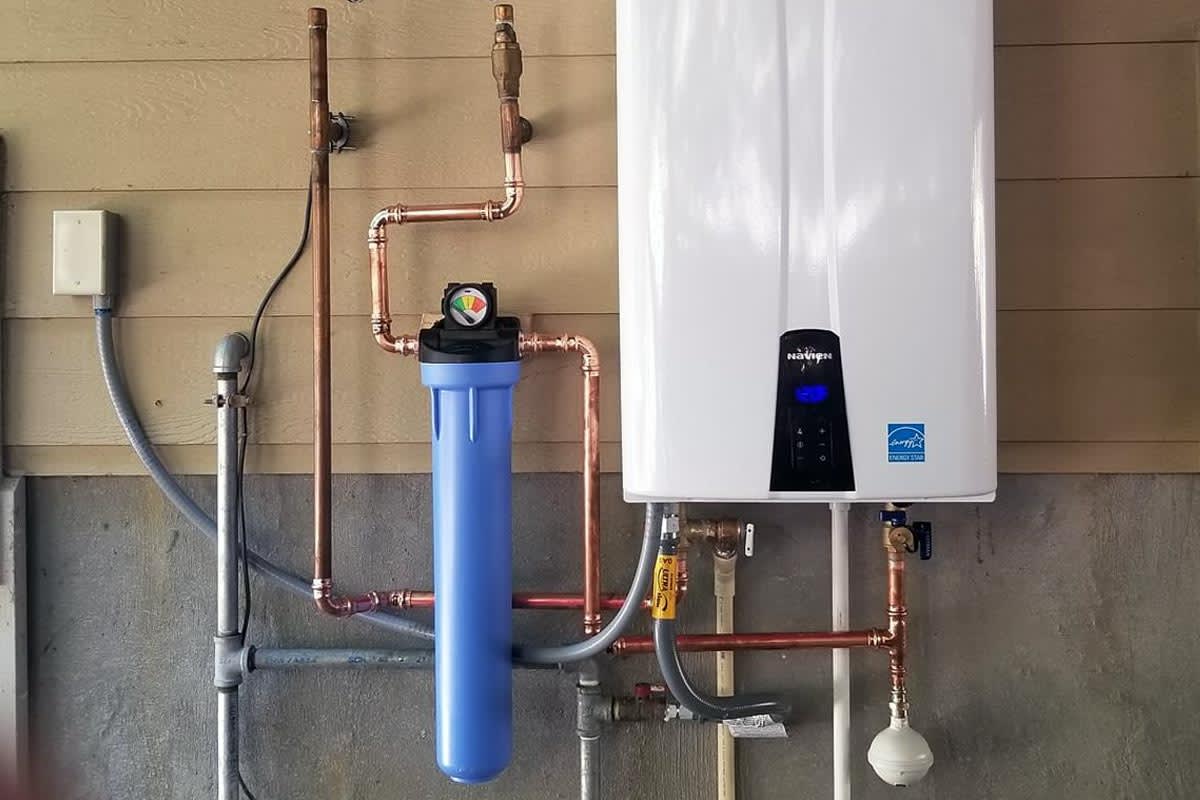Best Methods to Care for Your Home's Hot Water System EffectivelyMaintaining Your Home's Hot Water System: Essential Tips
Find Out MoreWe've noticed this article relating to Tips on Maintaining a Water Heater directly below on the net and think it made good sense to relate it with you on this site.

Hot water is important for day-to-day comfort, whether it's for a refreshing shower or washing recipes. To ensure your hot water system runs successfully and lasts longer, routine upkeep is key. This post provides practical suggestions and understandings on how to preserve your home's warm water system to avoid disruptions and costly repair work.
Introduction
Preserving your home's warm water system could appear overwhelming, but with a few simple steps, you can ensure it operates smoothly for years to come. This guide covers everything from comprehending your hot water system to DIY upkeep tips and knowing when to employ expert assistance.
Significance of Preserving Your Warm Water System
Normal upkeep not just extends the lifespan of your hot water system however likewise guarantees it runs successfully. Neglecting upkeep can bring about decreased efficiency, higher energy expenses, and also early failing of the system.
Indications Your Hot Water System Needs Maintenance
Knowing when your warm water system requires focus can protect against significant concerns. Watch out for indications such as inconsistent water temperature, weird sounds from the heating unit, or rusty water.
Understanding Your Warm Water System
Prior to diving into maintenance jobs, it's handy to comprehend the basic components of your warm water system. Normally, this includes the hot water heater itself, pipelines, anode poles, and temperature level controls.
Regular Monthly Maintenance Tasks
Regular monthly checks can help catch small problems before they rise.
Flushing the Water Heater
Purging your water heater removes debris accumulation, improving performance and extending its life.
Checking and Changing Anode Rods
Anode rods prevent deterioration inside the storage tank. Inspecting and changing them when worn is crucial.
Examining and Changing Temperature Setups
Adjusting the temperature level settings ensures ideal performance and safety and security.
DIY Tips for Upkeep
You can carry out several upkeep tasks on your own to keep your warm water system in top problem.
Checking for Leakages
Routinely evaluate pipes and links for leaks, as these can bring about water damage and greater bills.
Examining Pressure Alleviation Valves
Testing the stress relief valve guarantees it operates properly and protects against extreme stress buildup.
Shielding Pipes
Protecting warm water pipes minimizes heat loss and can conserve power.
When to Call a Professional
While do it yourself maintenance is useful, some concerns require expert proficiency.
Complex Problems Requiring Expert Aid
Examples include significant leakages, electrical issues, or if your hot water heater is consistently underperforming.
Routine Specialist Maintenance Advantages
Expert upkeep can consist of comprehensive assessments, tune-ups, and making certain conformity with safety standards.
Final thought
Routine upkeep of your home's hot water system is important for effectiveness, long life, and cost savings. By complying with these ideas and recognizing when to look for professional help, you can make sure a reliable supply of hot water without unforeseen interruptions.
How to Maintain an Instant Hot Water Heater
Before tinkering with your hot water heater, make sure that it’s not powered on. You also have to turn off the main circuit breaker and shut off the main gas line to prevent accidents. Also turn off the water valves connected to your unit to prevent water from flowing into and out of the appliance. 2. When you’re done, you have to detach the purge valves’ caps. These look like the letter “T” and are situated on either side of the water valves. Doing so will release any pressure that has accumulated inside the valves while at the same time avoid hot water from shooting out and burning your skin. 3. When the purge valves’ caps are removed, you have to connect your hosing lines to the valves. Your unit should have come with three hoses but if it didn’t, you can purchase these things from any hardware or home repair shops. You can also get them from retail stores that sell water heating systems. Read the user’s manual and follow it to complete this task properly. When the hosing lines are connected, open the purge port’s valves. 4. You should never use harsh chemical cleaners or solutions when cleaning your unit. Make use of white vinegar instead. It should be undiluted and you’ll probably use about 2 gallons. 5. Now flush your water heater. This task should probably take about 40 minutes. We can’t give you specific directions for this because the procedure is carried out depending on the type, model and brand of your heater. With that being said, refer to the user’s manual. 6. When you’re done draining the unit, you have to turn off the purge port valves again. Remove the hosing lines that you earlier installed on each of the water valves. Put the valve caps (purge port) back in their respective places and be very careful so as not to damage the rubber discs that are found inside these caps. 7. Now that everything’s back in place, check your user’s manual again to find out how to reactivate your water heating system. 8. Once it is working, turn one of your hot water faucets on just to let air pass through the heater’s water supply pipes. Leave the tap on until water flows smoothly out of it. https://www.orrplumbing.com/blog/2014/september/how-to-maintain-an-instant-hot-water-heater/

I recently found that page on Tips on Maintaining a Water Heater when doing a search on the internet. Appreciated our write up? Please quickly share it. Help others check it out. Thanks for being here. Please check up our blog back soon.
Call Today